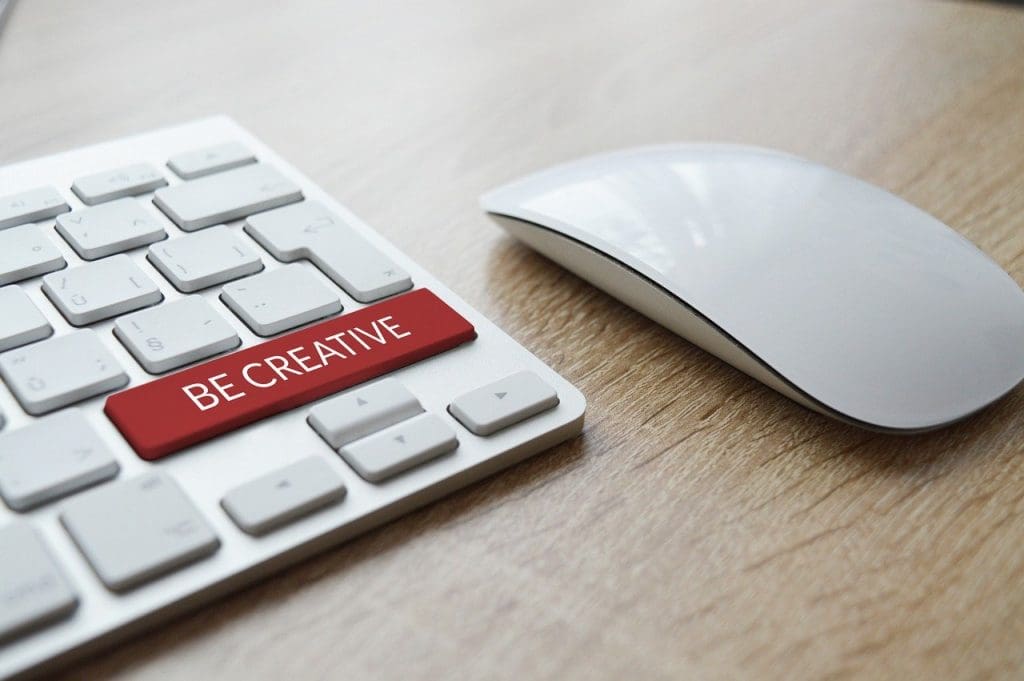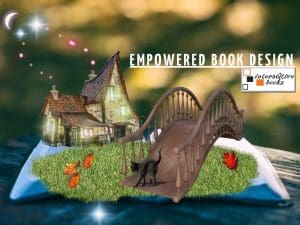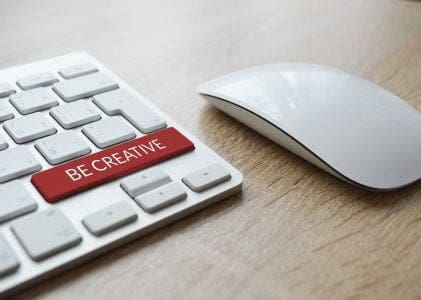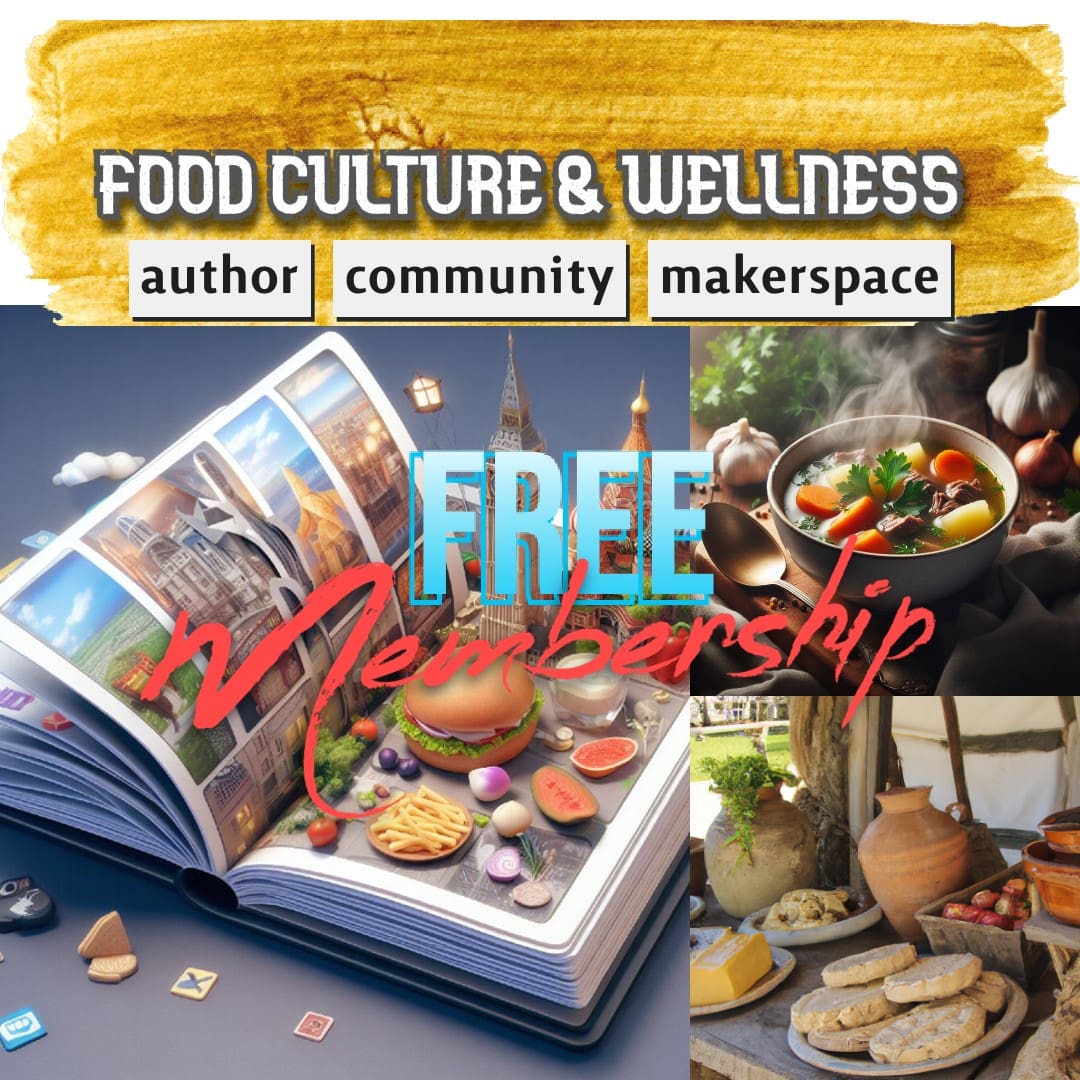![]()
 What would happen if you got a 15-20% free spaces to learn and work on your own projects during your working hours? Google’s 20% time has resulted in, for instance, Gmail among other things, while the outcome of 3M’s 15% time is e.g. the Post-it. However, in order to connect these events and many others, free will must exist. Neuroscientists at Technische Universität Berlin is now conquering the American researcher Benjamin Libet and his many followers’ research from the 1980s. They conclude that people have a free and conscious will. Professor Haynes explains:
What would happen if you got a 15-20% free spaces to learn and work on your own projects during your working hours? Google’s 20% time has resulted in, for instance, Gmail among other things, while the outcome of 3M’s 15% time is e.g. the Post-it. However, in order to connect these events and many others, free will must exist. Neuroscientists at Technische Universität Berlin is now conquering the American researcher Benjamin Libet and his many followers’ research from the 1980s. They conclude that people have a free and conscious will. Professor Haynes explains:
“The aim of our research was to find out whether the presence of early brain waves means that further decision-making is automatic and not under conscious control, or whether the person can still cancel the decision, i.e. use a ‘veto’.”
Computational Neuroscience research
The team of researchers is working for Charité’s Bernstein Center for Computational Neuroscience and as part of the research study participants entered into a ‘duel’ with a specially-trained computer. The purpose was to manipulate the game in favour of the computer. As soon as brainwave measurements indicated that the player was about to move, the computer knew this. Professor Haynes says the following of the outcome:
“A person’s decisions are not at the mercy of unconscious and early brain waves. They are able to actively intervene in the decision-making process and interrupt a movement.”
Free spaces to Learn in practice
With this in mind, a free space to work with whatever you want can be connected to free conscious will. Otherwise, free space-time would not be required. But how could free-will-time work in formal education? What would be the outcome? An article in the Guardian this week delivers fresh ideas from a UK school.
Making free conscious decisions
Brainstorming for ideas that the pupil is passionate about is forming the introduction of the free space-time. It is where the first conscious decision is made by the pupil. Then in the next step, the pupils make decisions and work towards the goal to finish the project they have chosen to work with. While they are reporting weekly to the teacher on the progress. This is a very interesting case of student-driven learning at its best behaviour and also works to transform the driving-forces for engagement in learning. Read the full story here.
Written by
LarsGöran Boström©
 Interactive Books with Gamification are developed on our platform Storyteller on eLearningworld. As traditional ebooks mostly are digital replicas of the printed book. The interaQtive book design is making use of the technologies in order to empower the book for the benefit of the reader. Learn more
Interactive Books with Gamification are developed on our platform Storyteller on eLearningworld. As traditional ebooks mostly are digital replicas of the printed book. The interaQtive book design is making use of the technologies in order to empower the book for the benefit of the reader. Learn more
Opens in a new tab



